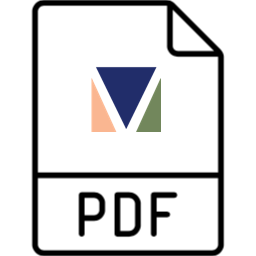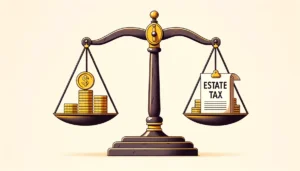Over the past decade, we have grown accustomed to a rare financial environment: low inflation and interest rates close to zero. These conditions benefit high-growth industries, and we’ve seen the emergence of the trillion dollar companies. But what happens when this changes? What does a non-zero interest rate mean for investors? More importantly, how can you position your portfolio to benefit from this shift?
As we delve into these questions, we encourage you to consider your current investment approach. Are you comfortable navigating these waters alone, or could you benefit from professional guidance? At the end of the day, our aim is to be a valuable resource for your financial journey.
Impact of higher rates on investments
As interest rates rise, different asset classes tend to react differently:
Bonds: When rates rise, bond prices fall. This is because new bonds are issued at the higher interest rate, making existing bonds less attractive. The reverse is true as well, and when rates go down, bond prices go up.
Stocks: Higher interest rates increase borrowing costs for companies which hurts profit margins. This effect hurts stocks that finance their growth rather than reinvesting organically.
Real Estate: Higher interest rates can make mortgages more expensive, which reduces home affordability. Because home prices are based on what buyers can afford, high rates can suppress prices.
Investment strategies for higher interest rates
With higher than average interest rates, consider these strategic adjustments:
Rotate from growth to value stocks: Growth stocks tend to require more capital expenditure and this can be more expensive to finance. Value stocks tend to represent more mature businesses with a proven track record of operating in a variety of economic environments.
Prepare to buy yield when rates peak: When interest rates peak, the yields on bonds and dividend-paying stocks can become increasingly attractive. Keep an eye out for these opportunities.
Don’t worry about holding cash: If interest rates are higher than inflation, holding cash is safe. It provides you with the flexibility to seize investment bargains as they arise while maintaining your purchasing power over the medium-term.
Conclusion: A good time to adjust your portfolio
With higher interest rates, different assets will perform better and it’s wise to adjust portfolios accordingly. Because financing costs are higher, many businesses can’t operate with the same profitability. Consider which stocks are less sensitive to these costs. And now that interest rates compensate for inflation, it’s less of a problem to hold cash in anticipation of bargains. When rates go back down, assets with higher yields should increase in price.
Navigating these changes may be complex, and professional guidance can provide valuable insights to effectively harness the potential of high-interest rate environments. We’re experts at investing during any conditions and are always ready to help.





